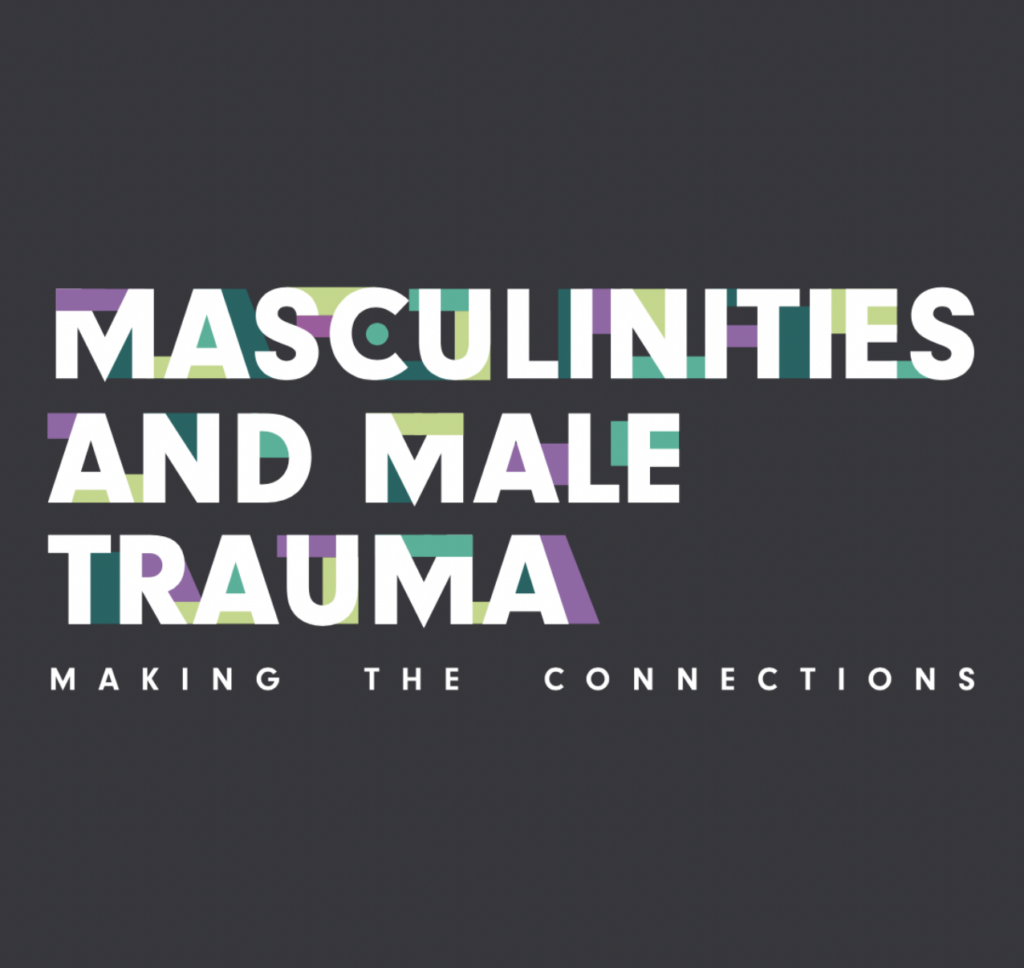Au-delà de ses conséquences sur leur propre vie, l'exposition des hommes à la violence, aux traumatismes et à l'adversité constitue un facteur de risque majeur d'automutilation et de recours à la violence envers autrui. Le nouveau rapport d'Equimundo Établir des liens : masculinités et traumatismes masculins, met en évidence le rôle que jouent les masculinités dans la capacité des garçons et des hommes à faire face à leur impact. Le rapport détaille également les effets des normes masculines rigides sur les systèmes de soutien informels et formels pour la santé mentale et le bien-être des garçons et des hommes, avec des implications pour les femmes, les filles et nous tous. Par son Établir les connexions Dans sa série « Equimundo », l'auteur examine l'influence des normes de genre, des rapports de pouvoir et des attitudes liées à la virilité sur les garçons et les hommes, avec des conséquences sur le bien-être de tous. Ce dernier ouvrage s'intéresse aux composantes genrées des traumatismes dans la vie des hommes et des garçons.
Le rapport aborde trois types courants d'adversités susceptibles de provoquer des traumatismes chez les garçons et les hommes : (1) les agressions et les abus ; (2) la guerre et autres violences dans l'espace public ; et (3) le racisme, la discrimination ethnique et l'oppression. Bien que non exhaustives, ces exemples soulignent l'omniprésence des traumatismes dans la vie des garçons et des hommes, tout au long de leur vie et dans divers contextes culturels et géographiques. Pour chacune de ces catégories, les auteurs analysent en profondeur les liens entre les normes masculines, tant au niveau individuel qu'au niveau sociétal.
Les notions idéalisées d'héroïsme, de force physique, de stoïcisme émotionnel et de supériorité sur les autres font partie intégrante de la façon dont les hommes et les garçons se perçoivent en période d'adversité. Ces scénarios sociaux créent des vulnérabilités à la résilience face aux émotions négatives et aux défis.
Le grand public connaît l'expression « masculinité toxique », qui n'est pas un terme scientifique, mais une insulte abrégée pour désigner un comportement masculin dysfonctionnel. Cependant, les raisons de ce comportement sont méconnues. Si, en tant que société, nous avons la sagesse et le courage d'examiner les dessous de ces comportements masculins dysfonctionnels, nous constaterons qu'ils sont alimentés par les traumatismes liés aux abus, à la négligence, au racisme institutionnel et à des normes et structures obsolètes et dangereuses.
— Dr Warren Spielberg, co-auteur
Cette question est d’autant plus urgente que nous observons différentes régions du monde actuellement confrontées à des conflits, notamment le Yémen, l’Éthiopie et l’Ukraine, autant d’endroits où nous constatons des traumatismes non traités qui nécessitent une attention urgente.
Le traumatisme et le deuil collectifs que vivent les garçons et les hommes exacerbent leur recours à la violence et constituent une cause majeure de guerres et de conflits dans le monde. Nous devons aborder le traumatisme masculin comme une problématique multidisciplinaire impliquant la santé mentale des garçons et des hommes, des familles et des communautés.
—Henny Slegh, co-auteur
Les expériences traumatiques vécues par les hommes et les garçons ne constituent pas une excuse pour justifier un recours ultérieur à la violence. Au contraire, comprendre le traumatisme comme une cause de la violence masculine souligne l'urgence d'agir, fondée sur une compréhension nuancée des moyens de prévenir la retransmission de la violence. Le rapport formule des recommandations à l'intention de divers acteurs concernés – chercheurs, professionnels de la santé, décideurs politiques et organismes de santé publique – sur la manière de mieux doter les garçons et les hommes des outils et des ressources nécessaires pour faire face adéquatement à l'adversité et aux traumatismes de manière non violente. Cela implique la mise en place de structures et de politiques de soutien en santé mentale adaptées au genre et répondant aux divers besoins des garçons et des hommes.
En résumé, nous devons continuer à remettre en question les modèles archaïques de masculinité hégémonique et permettre aux garçons et aux hommes de vivre en sécurité, protégés et prospères. En définitive, la reconnaissance des expériences traumatisantes vécues par les hommes et les garçons – ainsi que par les personnes d'autres identités de genre – est essentielle à la santé, à la paix et à l'égalité pour tous. Pour en savoir plus sur les liens entre masculinités et traumatismes masculins, et sur les actions nécessaires pour y remédier, consultez le rapport complet. ici.
